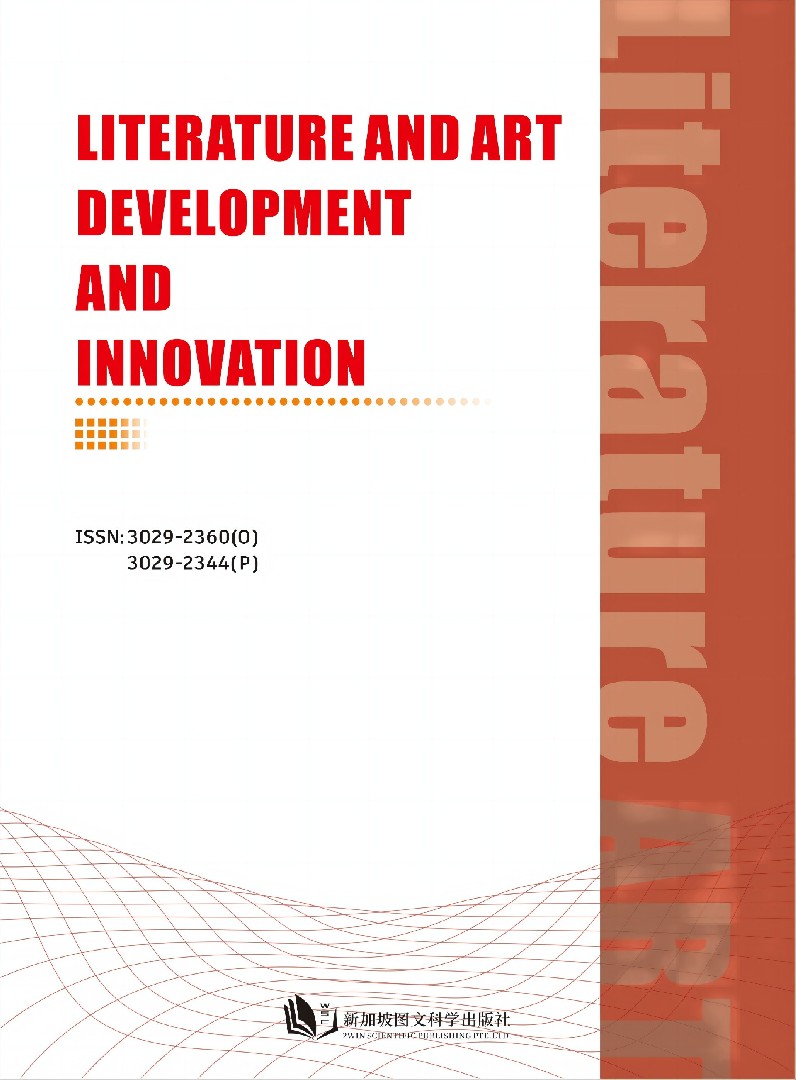作者
Du Yuxuan,Chen Honglian
文章摘要
As a carrier of cross-cultural communication, documentaries are highly persuasive in shaping and spreading of the national image, with a high degree of objectivity and authenticity. Meanwhile, they have high artistic and aesthetic qualities, which can optimize the content and form of communication. Taking China in the Classics as an example, this article interprets its advantages and shortcomings in shaping the national image from the perspective of cross-cultural communication, with a view to providing theoretical reference for promoting the innovative communication of cultural documentaries and enriching the communication mode of China's excellent traditional culture.
文章关键词
Cross-cultural communication; national image; China in the Classics
参考文献
[1] Liu Jia. (2023). A study on the construction of collective memory in the cultural variety show "China in Classics". China Cable TV (12), 177-180.
[2] Zhang Yuanbo. (2023). "China in Classics": An innovative approach to telling Chinese stories. News Outpost (17), 59-60.
[3] Deng Xiujun & Li Yaying. (2023). The symbolic interaction system in the cross-cultural communication of China's excellent traditional culture: A case study of the comprehensive cultural programs of China Central Radio and Television. Television Research (08), 15-19.
[4] Zhao Xiaotong. (2021). On the artistic and cultural value of the cultural TV program "China in Classics". Beauty and Times (Part 2) (12), 122-124. doi:10.16129/j.cnki.mysdx.2021.12.009.
[5] Zhou Xiujie. (2021). Overseas Communication Strategies of my country's Television Cultural Programs Using New Media: A Case Study of "China in Classics". Television Research (08), 93-96.
[6] Kuran, T., & Sandholm, W. H. (2008). Cultural Integration and Its Discontents. The Review of Economic Studies, 75(1), 201–228. http://www.jstor.org/stable/4626193
Full Text:
DOI
